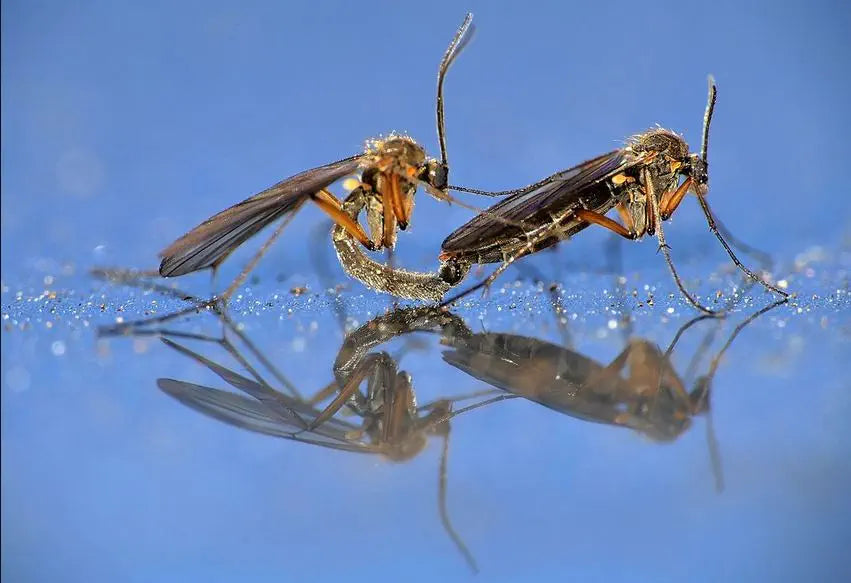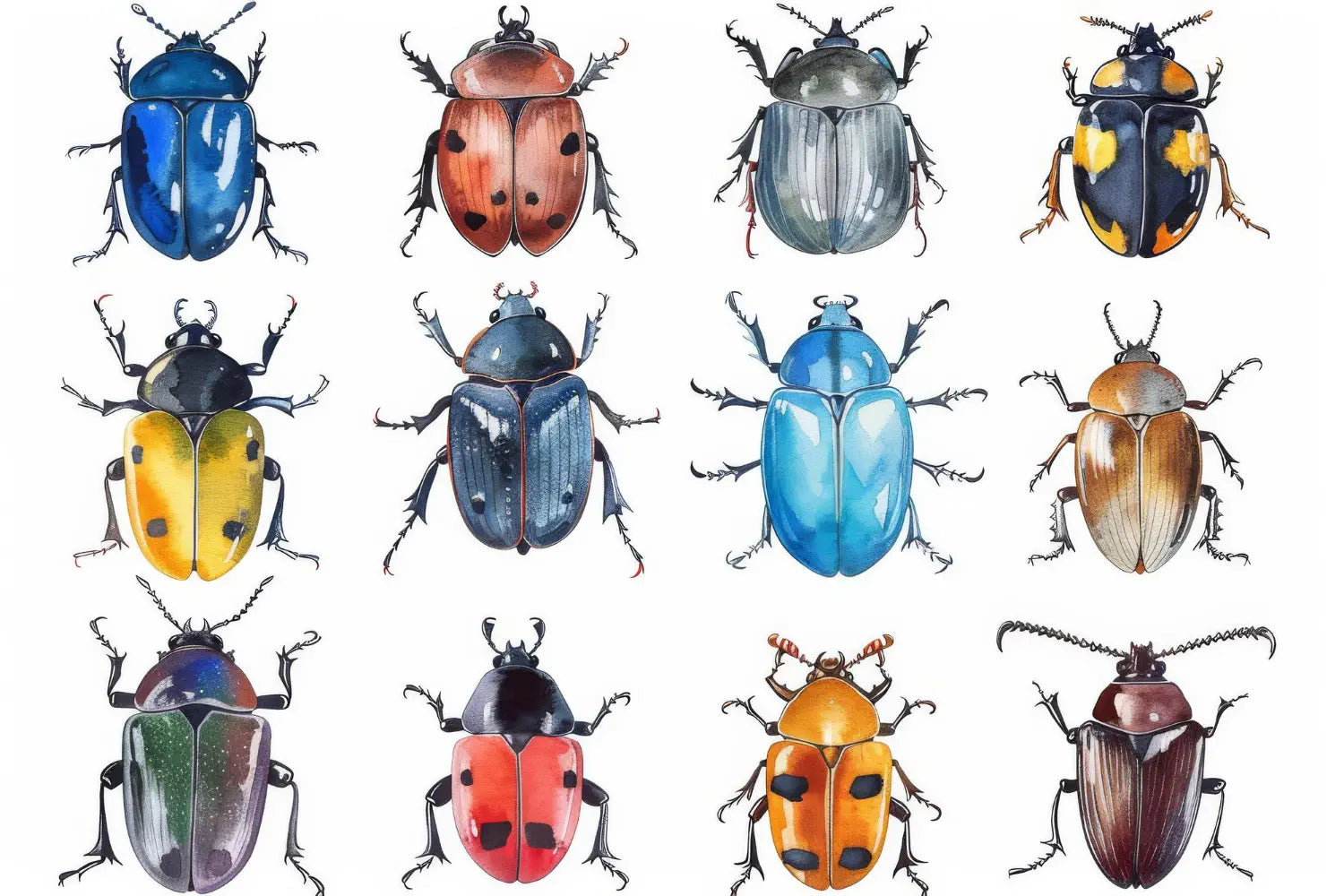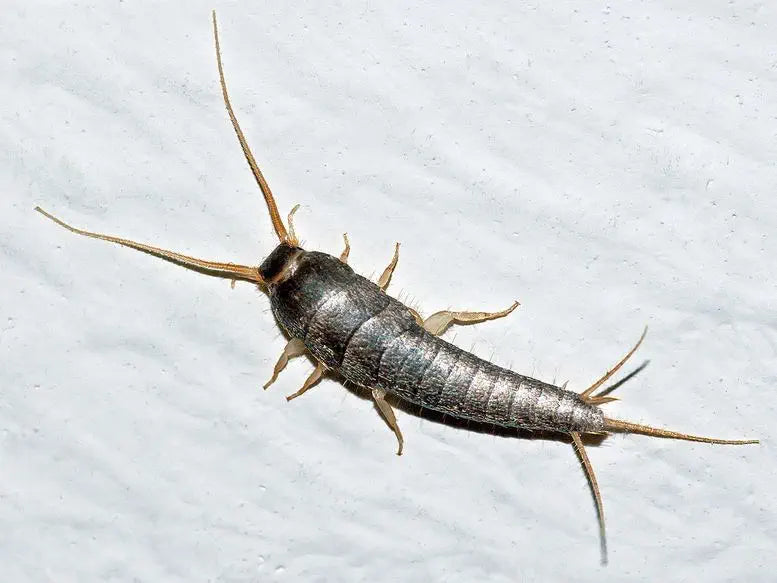Fight mosquitoes naturally: Environmentally friendly measures for home and garden
Mosquitoes are not only annoying, they can also transmit diseases and significantly disrupt outdoor activities. Gardens, homes, and farms are particularly plagued by these insects during the warmer months. Mosquito control is therefore not only a matter of convenience, but also of health. It is important to use environmentally friendly methods to preserve the ecological cycle while effectively combating infestations.
An overview of the pest
Mosquitoes belong to the order Diptera and are found worldwide. They are characterized by their slender body, long legs, and thread-like antennae. Most species are between 3 and 6 mm in size and have piercing-sucking mouthparts. In Germany, mosquitoes ( Culicidae ) are particularly common, including the common mosquito and the Asian tiger mosquito.
Mosquitoes prefer moist habitats because their larvae grow in water. Still bodies of water such as ponds, rain barrels, or puddles provide ideal breeding grounds. Mosquitoes can also occur in households, especially when water is standing in flowerpots or other containers.
Life cycle and behavior
The mosquito life cycle consists of four stages: egg, larva, pupa, and adult. After a blood meal, the female lays up to 300 eggs in standing water. Within a few days, the larvae hatch and feed on microorganisms. After several molts, they develop into pupae and finally into the adult mosquito. The entire cycle can be completed in just 7 to 14 days under optimal conditions.
Their rapid reproduction makes mosquitoes a persistent pest. They can spread rapidly, especially in warm and humid climates. Some species, such as the Asian tiger mosquito, also transmit diseases such as dengue fever and the Zika virus.
How to recognize an infestation
- Buzzing noises: Mosquitoes are particularly noticeable at night because of their buzzing.
- Bites: Itchy, reddened skin indicates mosquito bites.
- Larvae in water: Small, moving larvae in stagnant water are a clear indication.
- Visible mosquitoes: Increased occurrence of mosquitoes indoors or in the garden.
Early detection of an infestation is crucial in order to initiate appropriate control measures.
Natural methods to combat
- Use beneficial insects: Bats, dragonflies and certain bird species feed on mosquitoes and can be encouraged by providing suitable habitats.
- Plants with a deterrent effect: Plants such as lemon balm, lavender or basil emit scents that mosquitoes avoid.
- Eliminate water sources: Regularly emptying water containers prevents egg laying.
- Biological agents: Preparations based on Bacillus thuringiensis israelensis (Bti) kill mosquito larvae without harming other organisms.
These methods help to sustainably reduce mosquito populations without harming the environment.
Preventive measures
- Regular inspection: Check your property for standing water and remove it.
- Insect screens: Install fly screens on windows and doors to prevent entry.
- Personal hygiene: Avoid strong-smelling perfumes or deodorants that may attract mosquitoes.
- Clothing: Wear light-colored, long-sleeved clothing to avoid bites.
By taking these preventative measures, you can significantly reduce the risk of mosquito infestation.
Products for natural control
For effective and environmentally friendly mosquito control, we recommend our window trap with a special attractant . This product specifically attracts and catches mosquitoes without the use of insecticides. The trap is easy to install and suitable for both indoor and outdoor use.
Conclusion
Mosquitoes are not only annoying, they can also pose a serious health risk. With the right knowledge, however, these pests can be effectively, sustainably, and environmentally friendly combated. A combination of natural methods, the targeted use of beneficial insects, and proven products—such as our window trap with a special attractant—offers an effective solution. Through preventative measures and regular inspections, you can keep mosquitoes away for the long term—without the use of harsh chemicals. This protects both your health and the environment.











